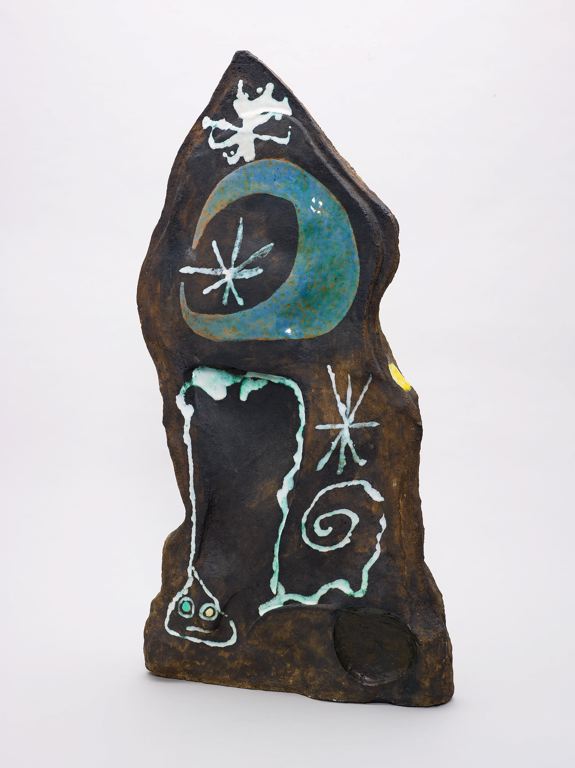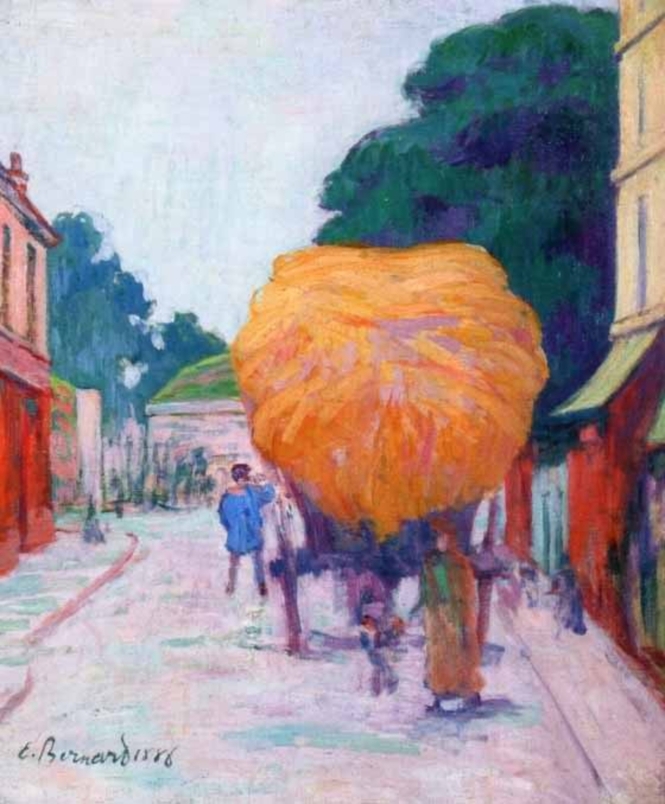
(Above: Emil Nolde, ‘Nadja,’ 1919)
“Nadja” – A Picture with a Turbulent history
- 1919 Emil Nolde paints “Nadja”. Nolde himself erroneously entered in his own 1930 inventory of his paintings on p. 30 “Dr. Walther Rathenau, Berlin” as its first owner.
- From the 1920s “Nadja” was owned by Dr. Ernst Rathenau, a distinguished art publisher and collector who lived in Berlin-Charlottenburg until 1938.
- 1928 “Nadja” was publicly shown only once: at the exhibition mounted by the Berlin National-Galerie devoted to “Neuere Deutsche Kunst aus Berliner Privatbesitz”. “Dr. Ernst Rathenau, Berlin-Charlottenburg” was listed as the owner.
- 1938–1944 Dr. Rathenau was forced to emigrate to the US, leaving “Nadja” behind in Berlin. His secretary saved the painting from the clutches of the National Socialists by depositing it for safekeeping in a vault at the Berlin banking house Merck Fink & Co. Thus “Nadja” miraculously survived the air raids against the city and confiscation by the Red Army.
- After 1945 Dr. Rathenau returned frequently to Germany and when he did, he stayed in Bad Nauheim, often at Hilberts Parkhotel, where he died on January 24, 1986.
- “Nadja” was then kept in storage by a storage and removals firm in Freiburg/Breisgau.
- Between October 1977 and September 1979, “Nadja” disappeared mysteriously from a compartment at the storage removals firm.
- 1979 After noting the loss, Dr. Rathenau placed an advertisement in the art journal Weltkunst requesting information on the missing painting.
- 1990 Professor Dr. Martin Urban drew up the inventory of Emil Nolde’s works, entering “Nadja” under No. 830 but listing its whereabouts as “unknown”.
- Summer 2006 An art collector who prefers to remain anonymous discovered “Nadja” in the attic after the suicide of his daughter, who had probably played a role in the disappearance of the work. He handed over the portrait of “Nadja” to the police via an intermediary. Two police inspectors from the LKA Baden-Württemberg had the painting authenticated by Dr. Manfred Reuther, Director of the Ada und Emil Nolde Stiftung in Seebüll.
- April 2007 Ketterer Kunst was commissioned by representatives of Dr. Ernst Rathenau’s heirs to sell “Nadja” at auction.
Source: Ketterer Kunst, http://bit.ly/118GGOx








